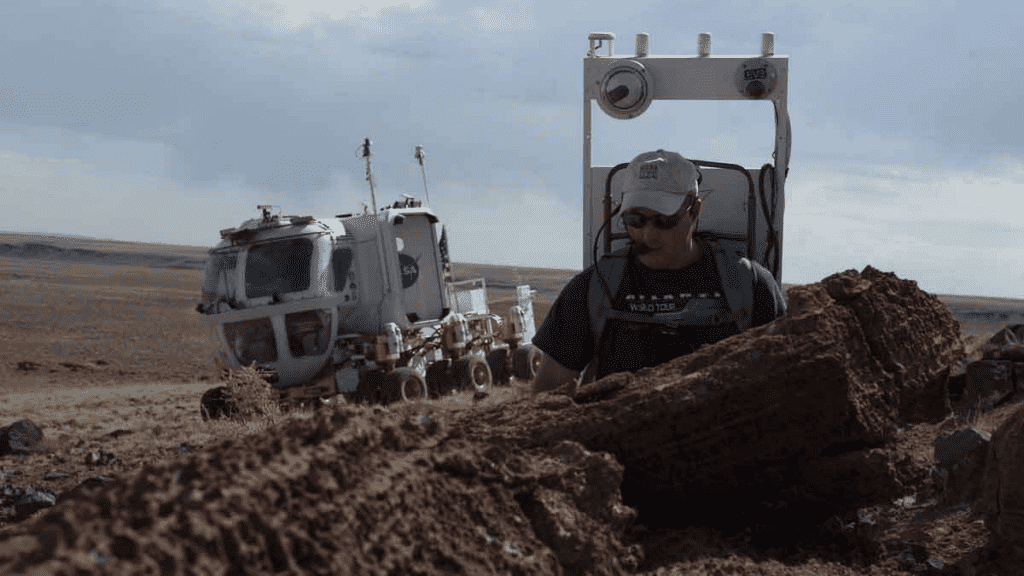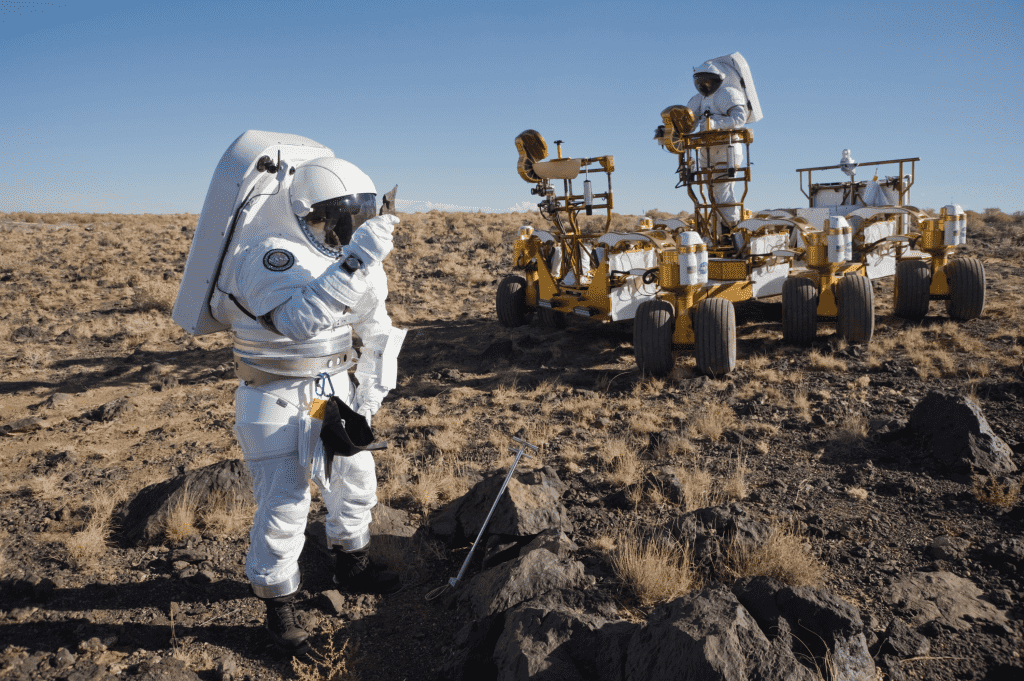Scientists are working on landing on the moon again. They are working by an ancient lava flow just north of Flagstaff, Arizona where NASA is testing its new lunar rover. Several teams of astronauts, engineers, and scientists are working to ensure that their pressurized rover can successfully handle the moon’s rugged terrain.
To traverse through those obstacles, the lunar rover should be able to quickly spin, drive sideways, and even climb up rocks up to a foot tall, according to NBC 12. This is made possible through the machine’s strong wheels. The most prominent feature of the vehicle is the pressurized cabin which helps the agency to compare it to a recreational vehicle (RV).

“People spent two nights in the rover and three days traversing all over the lava flow doing actual geologic science conversing with Mission Control in Houston and really simulating a real lunar mission,” Omar Bekdash, a NASA engineer involved in the project, told the broadcaster.
“All the wheels are independently controlled, and they also have active suspension so they can raise and lower when needed,” Bekdash explained.
This is constructed so the astronauts using it can drive around in the rover for up to days at a time. To facilitate the stay, they added a toilet, too, and made it look like an RV.

The Arizona desert is a great place to work as a close simulation of the moon for the lunar mission. This is because it has a rocky topography, rough terrain, and a relative lack of contact with the outside world.
The NASA crew camps there which sets the stage for NASA’s Artemis program.
Some of the living will happen in a planned Moon base, and sometimes the astronauts will have to live out of the rovers themselves.
Humans won’t be landing on the Moon until at least the third mission of the ambitious program, Artemis III, which is slated to launch in the mid-2020s.


